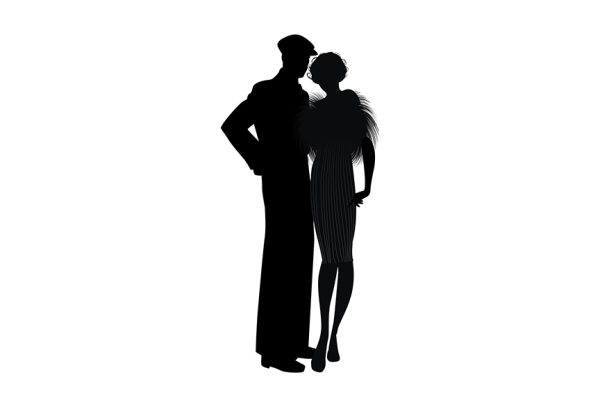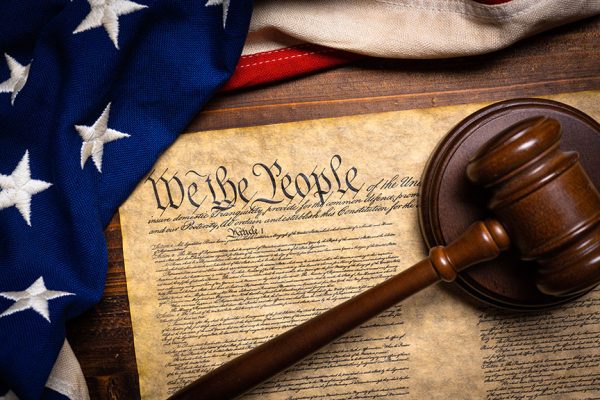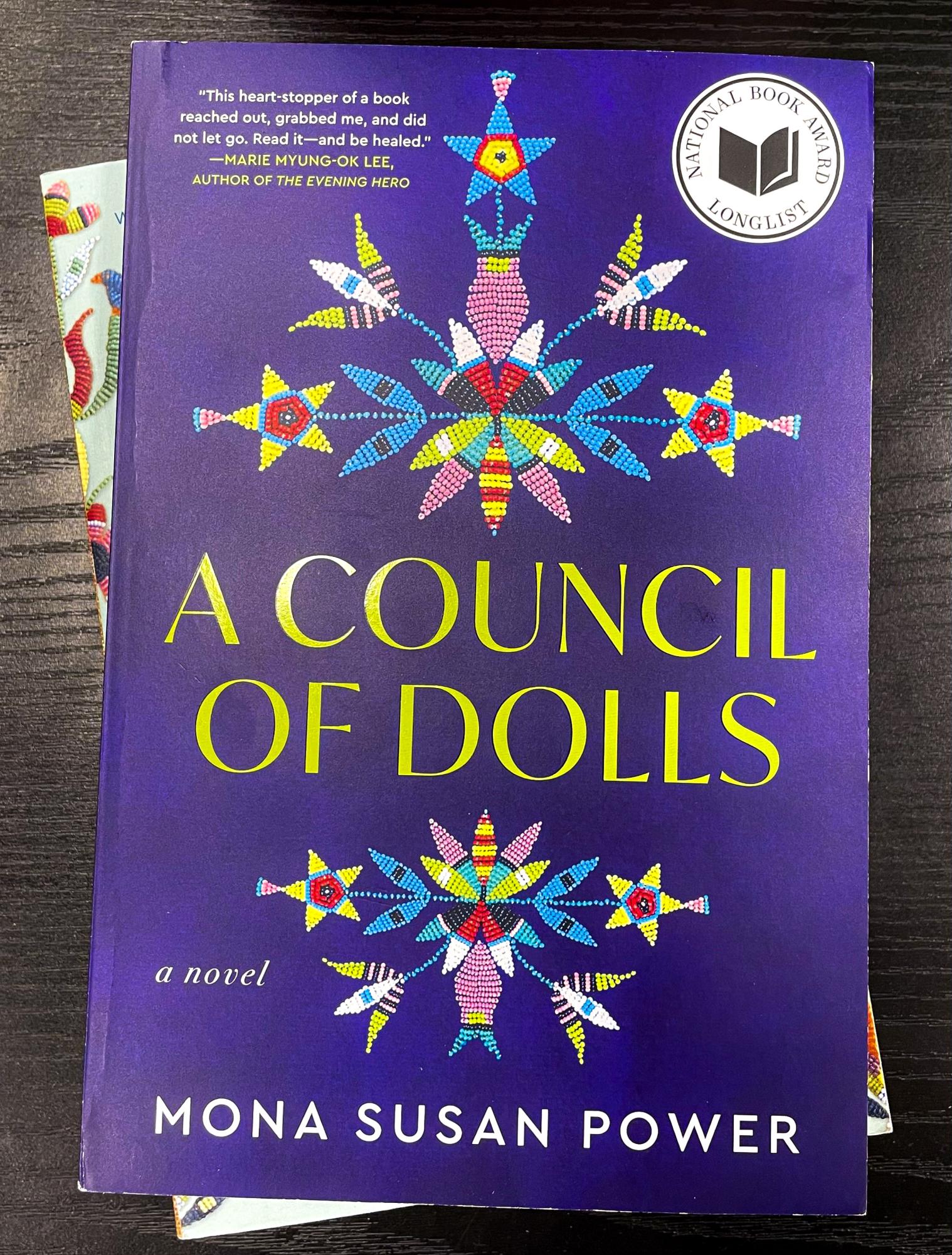Dress Code: Fair or Not?
The dress code is inconsistently enforced and unfair. The official dress code in the student handbook says all of the usual things: shorts and skirts should be fingertip length; no crop tops; no bare shoulders; nothing dangerous or distracting. While all of these guidelines seem reasonable in theory, practice is not so perfect. Students at the Park walk between buildings in temperatures that range from negative 20 to 90 degrees Fahrenheit. These rules unfairly target girls, for whom clothing options are already limited, particularly when factoring in what women feel comfortable wearing. While school doesn’t have to be the place where one always looks their best, it’s also not a place where you should be forced to wear something you feel self-conscious in.
Furthermore, on the hottest of days we are expected to fit the standards of the dress code even when this interferes with our education. How can anyone focus if they are sweating through their clothes in buildings with broken air conditioning? The answer is that they cannot.
The dress code is inconsistently enforced. I can wear the same pair of shorts 50 times and only get dress coded once. It all depends on which teacher or administrator I happen to run into at school. I have seen a girl get dress coded for inappropriate shorts while standing next to someone else wearing even smaller shorts.
Those who frequently enforce the dress code consistently tell me that they are just the rules and that enforcement is not about their personal opinion. Is it really? I have read through the official dress code and what caught my eye was a sneaky little catch-all bullet point right at the end: “The administration reserves the right to prohibit clothing not specifically listed above that creates a material disruption of the learning process.” The vague wording of this clause allows the school to police your clothing to the extent that anything you are wearing could be deemed a disruption. Though this isn’t always an issue when the dress code is enforced, it shouldn’t be allowed in the dress code at all. Without explicit and specific wording we can never be sure if what we are wearing will get us into trouble.
Additionally, the consequences of breaking the dress code aren’t clear. The student handbook says, “Penalties for inappropriate dress will range from verbal warning up to suspension from school for repeated offenses.” What does that range truly represent? Taken literally, it means that after I have broken the dress code once, it’s up to the person dress coding me to decide the consequences. I could either be told to not wear the outfit again, or I could be suspended. Given that the official dress code is intentionally ambiguous, I can’t know when I’m breaking it, placing students’ educational outcomes at the complete mercy of the faculty and administration’s daily whims.
Your donation will support the student journalists of Salem High School - MI. Your contribution will allow us to purchase equipment and cover our annual website hosting costs.
Isabelle Fessler is a junior at Plymouth High School. She’s a president of GSA and is very passionate about social justice. She spends her free time...







Justin H • Nov 5, 2018 at 11:28 pm
the dress code at my class is not equal against the girls